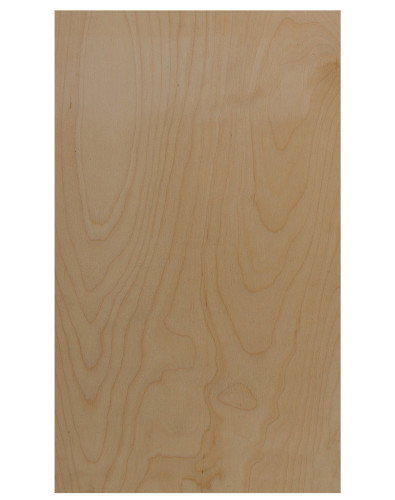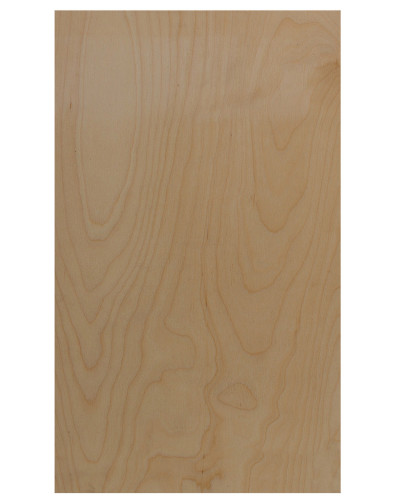Cajon Flamenco
The origin of the cajon flamenco, an instrument already fully adopted in Spain, is Peru. Its entry into the flamenco sound dates back to 1972, when the genius of flamenco, Paco de Lucia, heard it at a party organized by the Spanish ambassador in Peru. At that very moment he knew that it was the sound he needed in his innovation of flamenco, and commissioned his percussionist Rubem Dantas to introduce it in his performances. Since then in Spain we have evolved the flamenco cajón to other levels by introducing different woods and strings to tune the bass sound in the cajón, although it is true that each manufacturer -as in the case of guitars- has its own way of making the instrument. The wood most commonly used for cajones flamencos is phenolic birch plywood. According to many flamenco masters, the cajon resembles the feet of a dancer because it can produce both the sound of the sole (low sound) and the heel (high sound).





